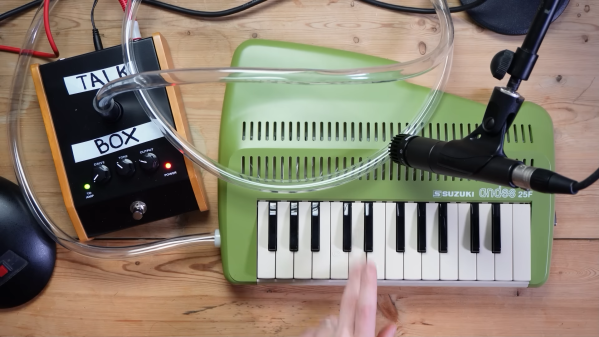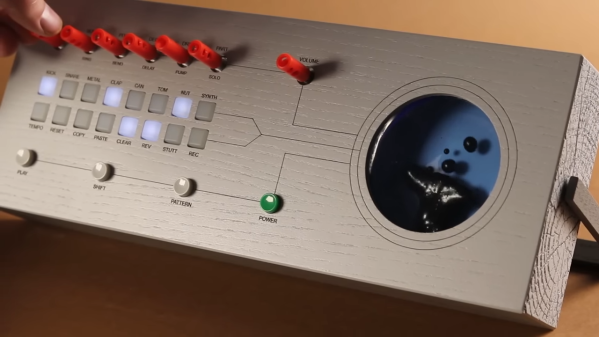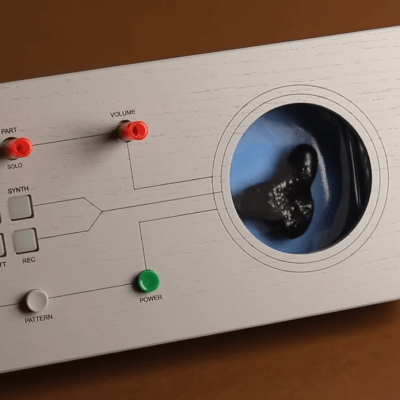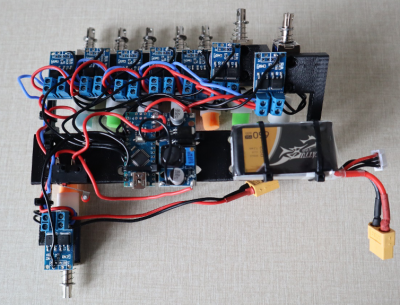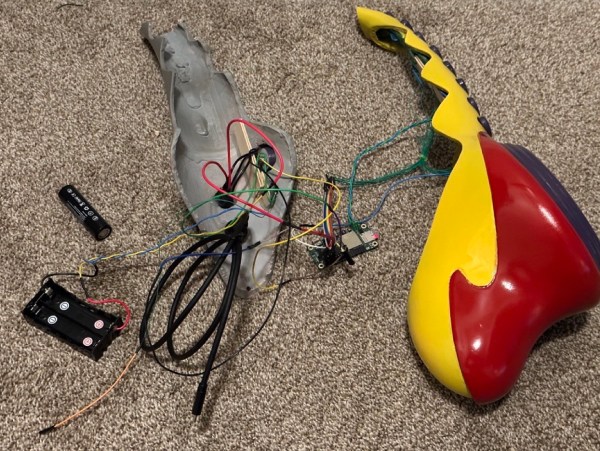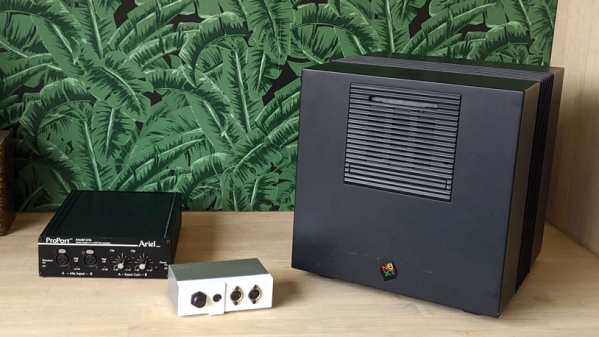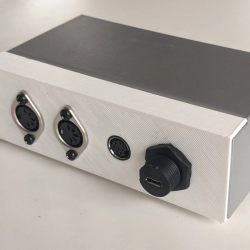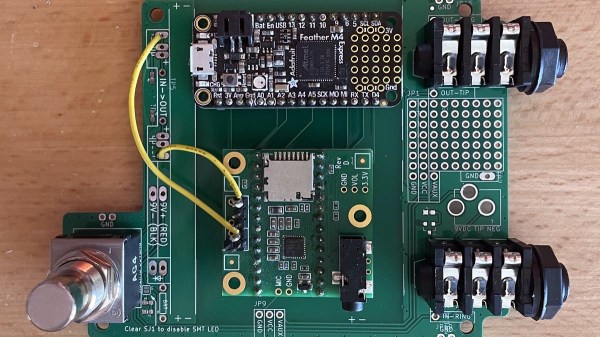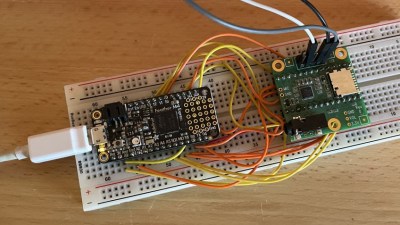Truly new musical instruments don’t come along every day; much of the low hanging fruit has already been taken. [Simon the Magpie] has been working on something that’s just a little innovative, and built what he refers to as an “Incredible Horror Instrument.” It’s all about feedback.
The build started with the Suzuki Andes 25F, a so-called “keyboard recorder.” It has the appearance of a melodion but produces flute-like sounds. [Simon]’s idea was to combine the breath-powered instrument with a talk box. If you’re unfamiliar, a talk box is designed for playing amplified guitar sounds through a tube that is placed in a player’s mouth so they can “shape” the guitar sound with their mouth.
In this role, though, the talk box’s input is hooked up to a microphone which captures the output of the Andes 25F. It then plays this back through a tube connected to the breath input of the Andes 25F. [Simon] thus created a feedback look that can effectively be “played” via the keyboard on the Andes 25F.
The audible results are eerie and haunting, and seem more than fitting for even a well-budgeted horror film. [Simon] also demonstrates some neat possibilities when combining the setup with a further feedback loop that feeds in other tones.
We’ve covered [Simon’s] work before; it’s often noisy and always entertaining. Video after the break.
Continue reading “Horror Instrument Is Truly Astounding To Listen To”

